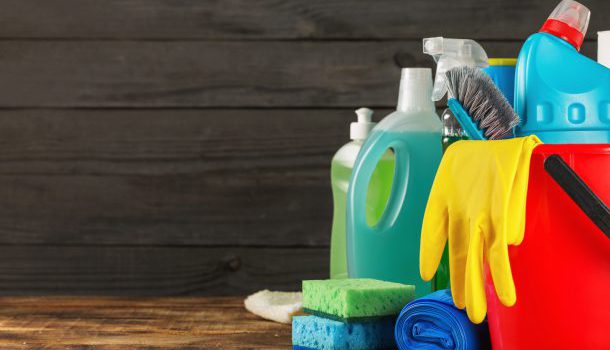
There are many different sustainability labels and tools to choose from. While this is an encouraging sign that sustainability is so highly valued, it can also create a challenge for the discerning purchaser who wants to make sure they’re choosing the best product. GECA’s Emma Berthold discusses how to make sense of sustainability labels.
Whether you’re a product manufacturer, service provider, or purchaser, ecolabels can help with communicating the sustainability and health credentials of a product or service. They show that the manufacturer meets a certain standard, whether that is for environmental impact, animal welfare, safety or a range of other criteria. With the recent release of ISO 20400, a new standard to guide sustainable procurement efforts, ecolabels will play an even more powerful role in the marketplace.
There are many different sustainability labels and tools to choose from. While this is an encouraging sign that sustainability is so highly valued by so many industries, it can also create a challenge for the discerning purchaser who wants to make sure they’re choosing the best possible product. Are some sustainability labels more trustworthy than others? How can buyers tell?
ISEAL, the international membership association for sustainability labels, has developed a set of credibility principles, providing a guideline for understanding what ‘best practice’ looks like for a sustainability label. These provide an excellent starting point for evaluating whether an ecolabel is truly achieving positive social and/or environmental impact.
A good place to start is with the set of credibility principles developed by ISEAL, the international membership association for sustainability standards. These principles provide a guideline for understanding sustainability label best practice around the world and help to define what it means for a label to achieve positive social and/or environmental impact.
An example of one of the credibility principles is that sustainability labels should have standards criteria that are truly relevant to the product or service in question. Criteria should address the most important sustainability aspects of a product to avoid making unnecessarily misleading environmental claims.
For example, labelling a light bulb as having “recycled content” is far less important than its energy efficiency. If water use isn’t a significant issue for growing a particular crop, there is little use in including water efficiency criteria in a standard for it. Criteria also need to be rigorous enough to ensure products are performing at a level that is significantly higher (more sustainable) compared to a business-as-usual approach.
This idea of ‘rigour’ also relates to how a sustainability label scheme carries out its audits for products. Those performing the audit for a product must have a high level of technical knowledge in order to accurately assess whether it complies with the standard criteria. Auditors should be well-trained, and third-party accreditation (such as JAS-ANZ, the Joint Accreditation System of Australia and New Zealand) is also highly favourable – essentially, auditing the auditors.
Transparency is crucial for building trust and credibility. Sustainability label organisations that make their standard criteria, governance systems and other information freely accessible and available (within reason) demonstrate their impartiality and willingness to accept feedback about their scheme. This openness also allows for fairness in dealing with complaints and appeals, should the need arise.
So how does GECA measure up? GECA sets a high standard with its ‘pass or fail’ approach to certifying products, so any products or services need to exceed ‘business-as-usual’ standards in terms of environmental, health and social impact. Standards are developed through a rigorous process that includes consultation with industry professionals to ensure all criteria are relevant and scientifically sound. Standards are freely available to download and read in full, and products and services are audited by JAS-ANZ accredited conformity assessment bodies.
When considering the credibility and trustworthiness of a sustainability label scheme, you can investigate how well it aligns with these credibility principles. While all sustainability labels are arguably working towards a worthy common goal, transparency and minimising any conflicts of interest throughout all levels of the scheme is key to maintaining its effectiveness and positive impact.
This first appeared in the March/April issue of INCLEAN magazine. To subscribe, click here.


